Brushless 11 Click
R560.00 ex. VAT
Brushless 11 Click is a compact add-on board that controls brushless DC motors with any MCU. This board features the A4931, a 3-phase brushless DC motor pre-driver from Allegro Microsystems. It drives six onboard N-channel power MOSFETs and supplies the motor with 8V up to 30V voltages. This pre-driver offers enable, direction, and brake inputs that can control motor functions and logic outputs for measuring motor rotation. This Click board™ makes the perfect solution for the development of 3-phase brushless DC motor drivers, motor control systems, robotics, industrial automation, electric vehicles, and more.
Brushless 11 Click is fully compatible with the mikroBUS™ socket and can be used on any host system supporting the mikroBUS™ standard. It comes with the mikroSDK open-source libraries, offering unparalleled flexibility for evaluation and customization. What sets this Click board™ apart is the groundbreaking ClickID feature, enabling your host system to seamlessly and automatically detect and identify this add-on board.
Stock: Lead-time applicable.
| 5+ | R532.00 |
| 10+ | R504.00 |
| 15+ | R476.00 |
| 20+ | R458.08 |




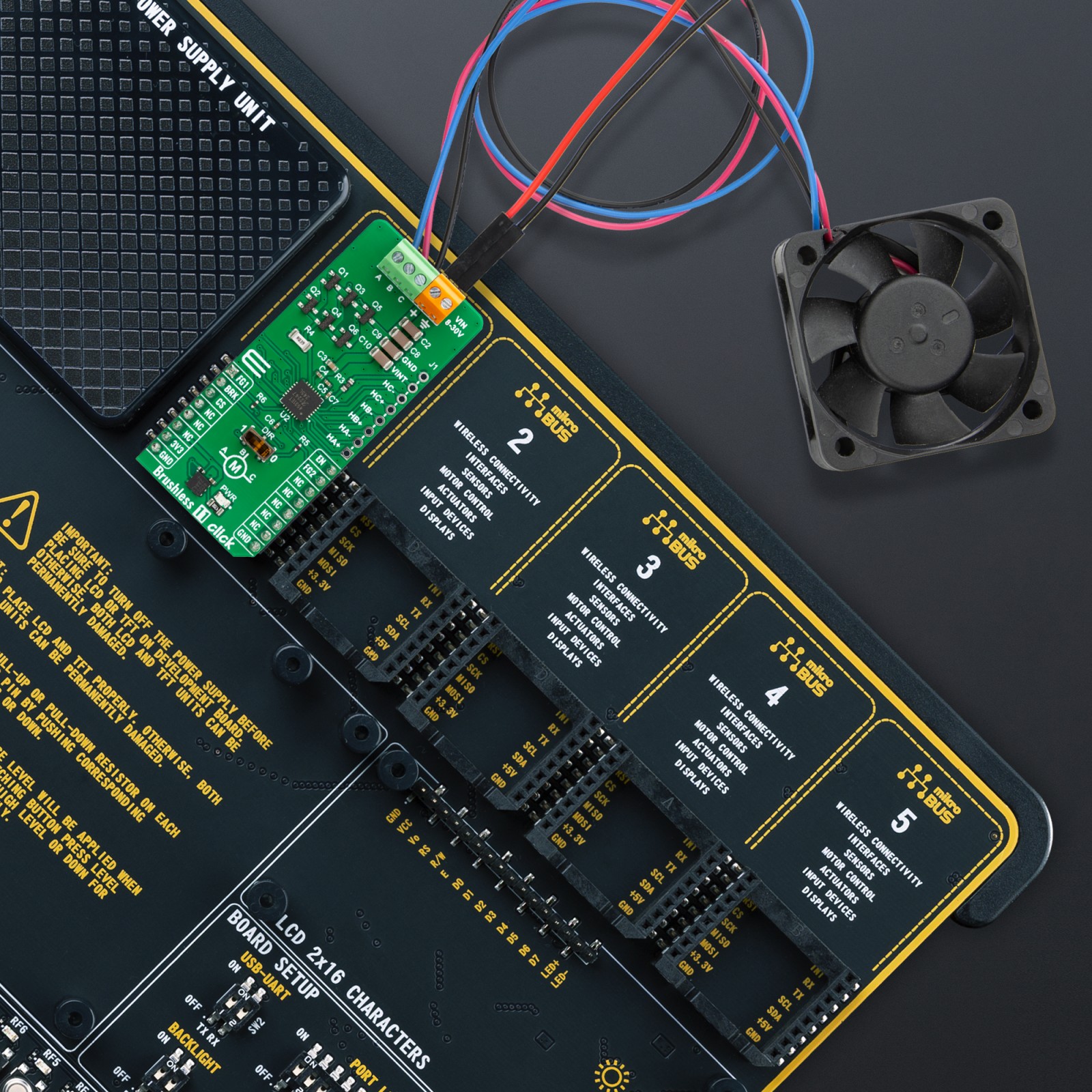

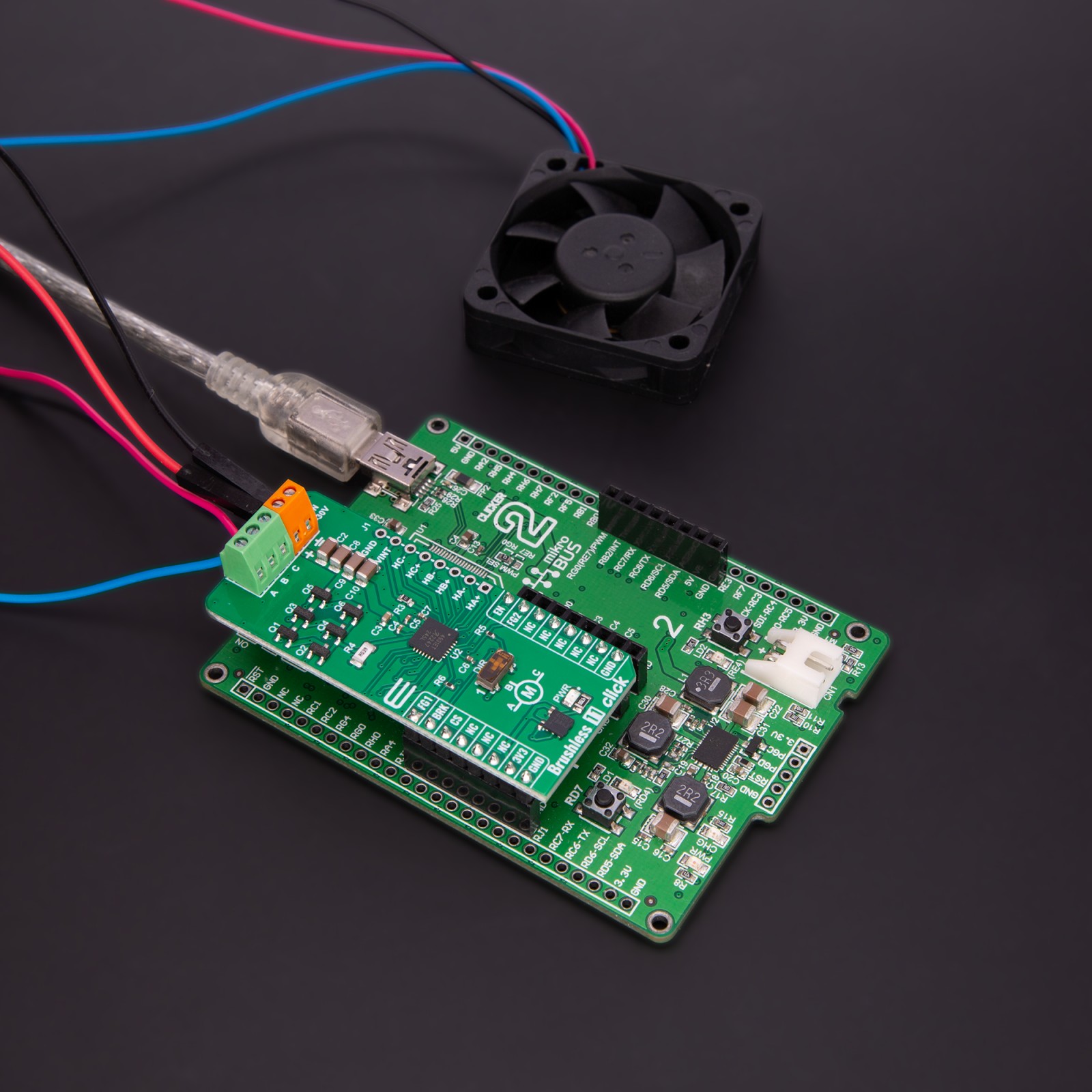

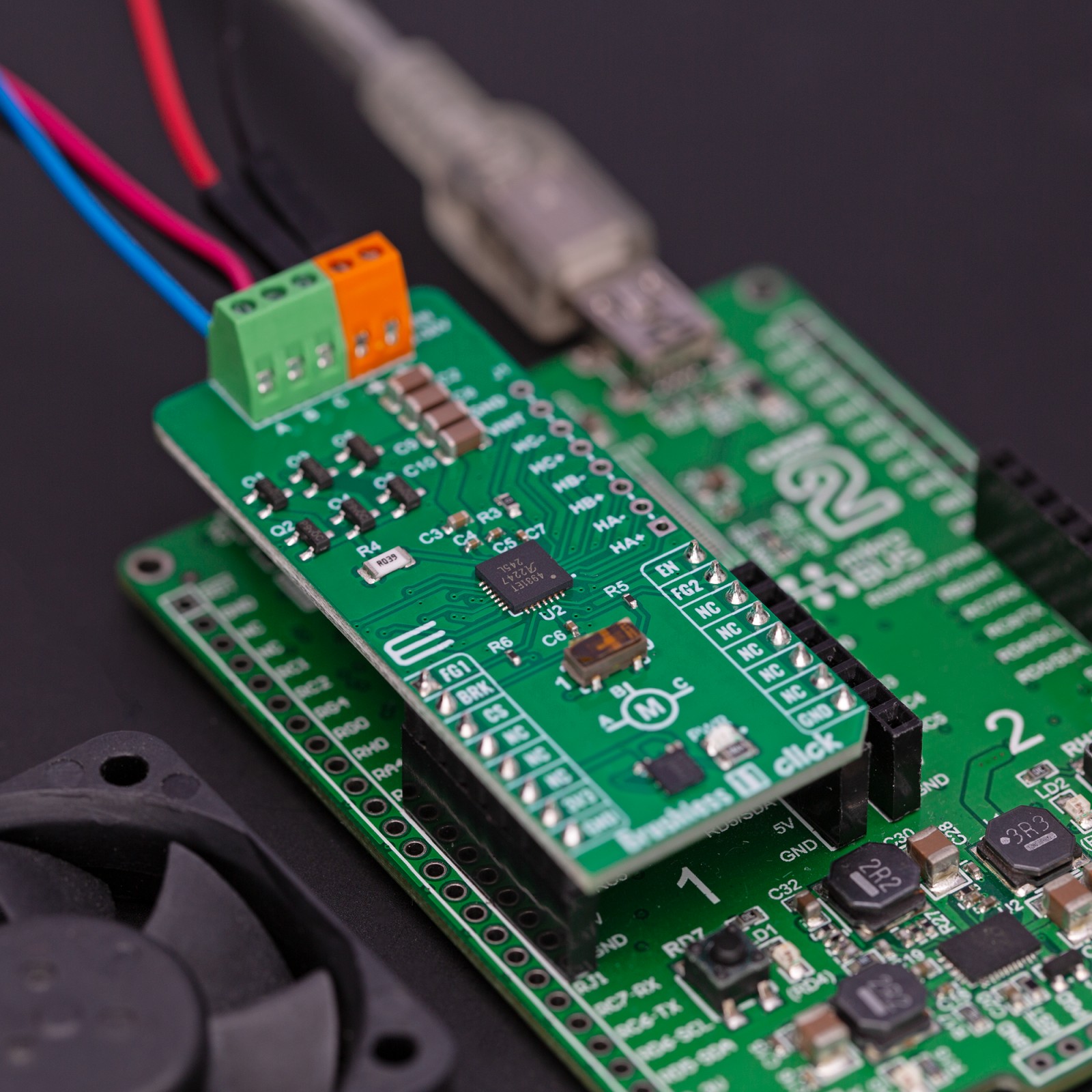
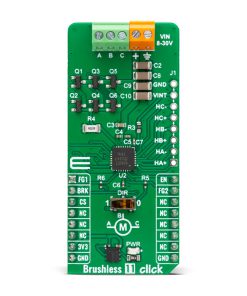
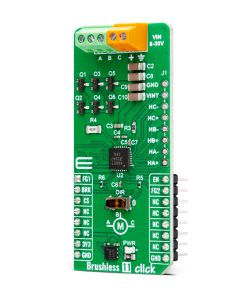

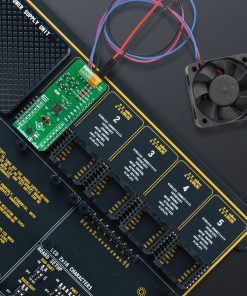

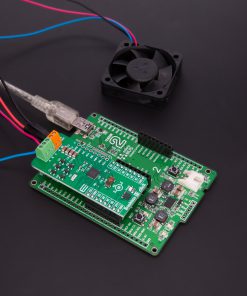
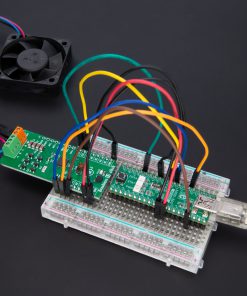

.jpg)








